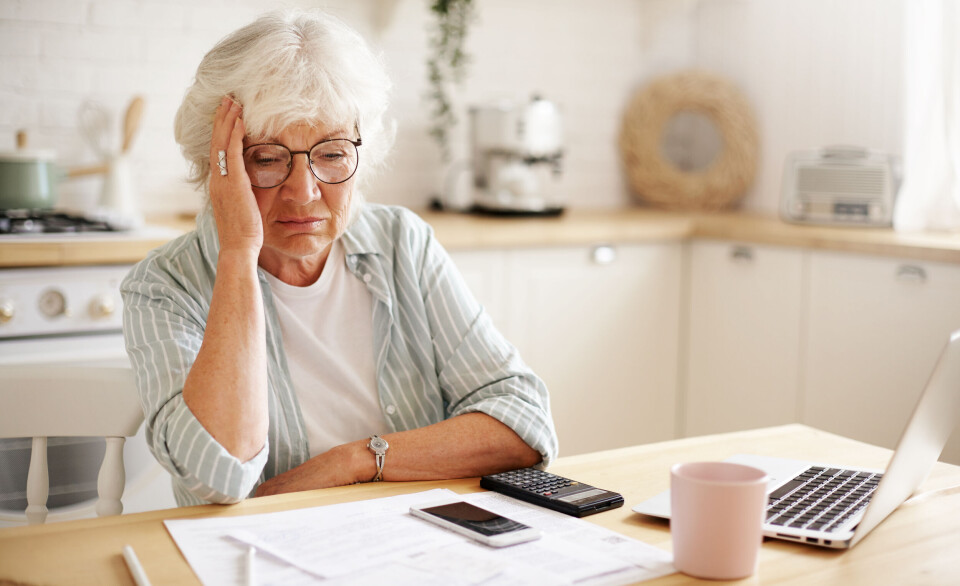Can renovations on French second home reduce capital gains tax when selling?
Reductions related to length of ownership start after five years
You should keep receipts for all home improvement projects
TalyaPhoto / Shutterstock
Reader Question: We are planning to sell our second home but have not owned it long enough to avoid capital gains tax on it. Can we add renovation projects to the purchase price to reduce the tax we pay?
As a reminder, properties in France that are not main residences incur capital gains tax (CGT) and/or social charges when sold, if a gain has been made, and unless they have been owned for at least 30 years.
The rate of the tax includes 19% income tax and 17.2% social charges (or 7.5% social charges for those unaffiliated to French healthcare, covered by a UK or EU social security system). For gains of more than €50,000, a 'supplemental tax' of 2-6% is also added on top, depending on the size of the gain.
The taxable gain is gradually reduced to zero by allowances for length of ownership, over 22 years for income tax and over 30 years for the social charges. Nothing is payable after 30 years.
Read more: Capital gains tax when selling property in France
The tax is charged on the difference between purchase price and sales price, minus the allowances for length of ownership.
However, it is also possible to augment the ‘purchase’ price by including the cost of certain work done to the property, to minimise the tax paid.
“Expenses incurred by the seller for construction, reconstruction, extension or improvement work… since the completion of the building or its acquisition, if later, when they have not already been taken into account for income tax purposes and are not rental expenses,” states Article 150 VB of the French Tax Code.
“Improvement” must be such as to add a new comfort or amenity, not merely superficial maintenance or repair. Examples include adding a lift, air conditioning or insulation.
This comes with another major caveat however, in that it is only work “carried out by a business” that can be included.
This means you are required to have proof the work was carried out by a professional (such as through invoices for the work) rather than DIY.
The rules also state that in cases where the labour is carried out by a professional but the materials are purchased separately by the homeowner, it is only the cost of the labour that can be included in the tax calculation.
Certain other additions to the purchase price can include costs of connecting a property to roads and utilities.
Alternatively, owners can, as a general rule, add to the purchase price a fixed 15% to allow for renovations once they have owned the property for five or more years.
For example, for a property that cost €200,000, an additional €30,000 can be added on in the calculation (to make a total of €230,000).
Read more: Is Capital Gains Tax levied on land in France?





























